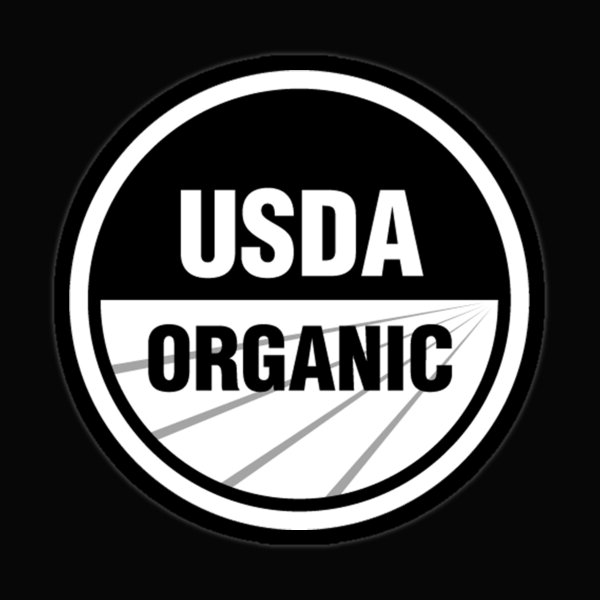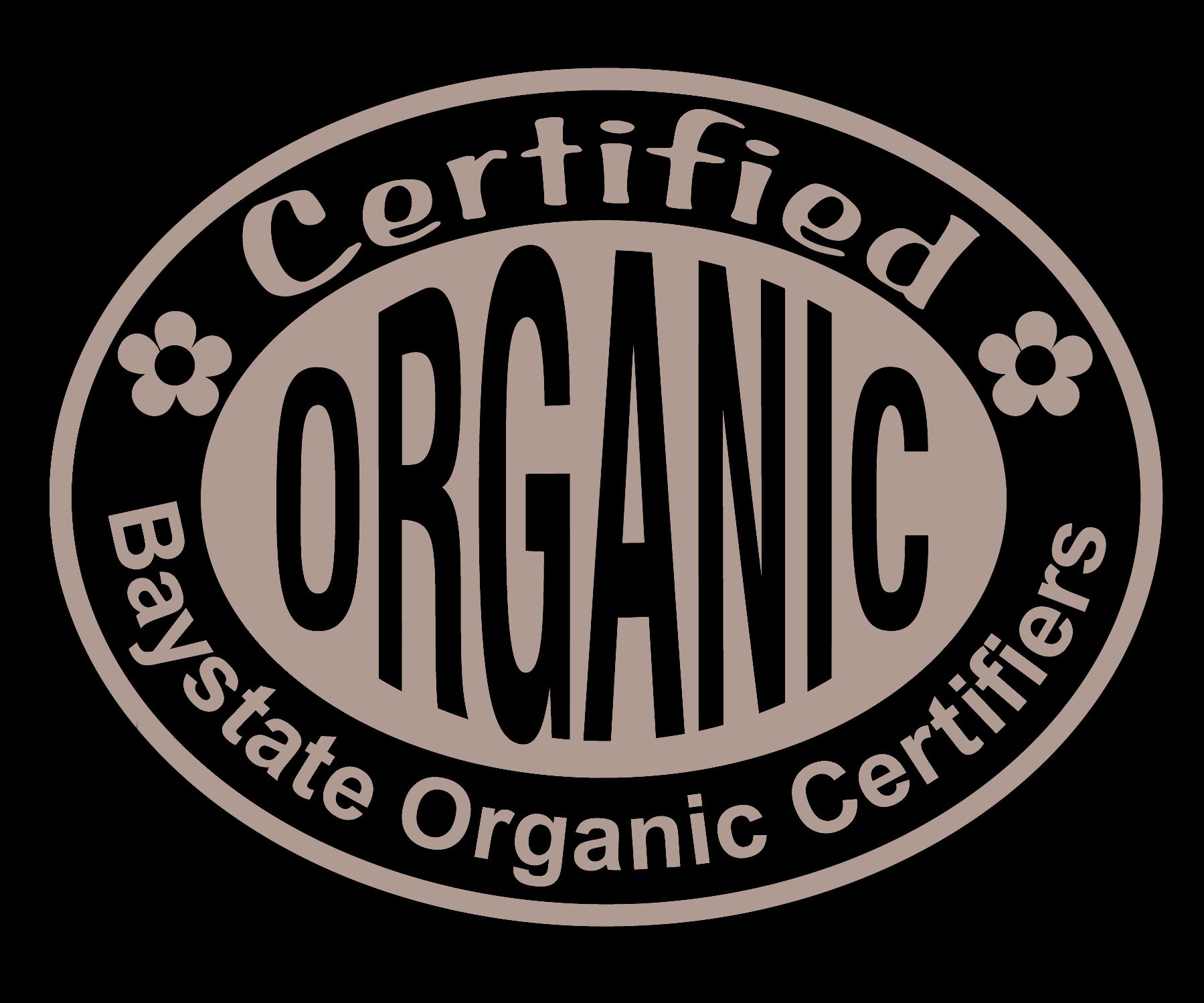It’s May, and we’re fresh off the heels of a successful Mother’s Day flower weekend! As you may imagine, it’s the biggest weekend of the year for flowers. Elise and her flower farming crew worked tirelessly all week to harvest and process thousands of stems which turned into hundreds of bunches and bouquets. It was a hectic, jam-packed, and rewarding week. However, as with any difficult but worthwhile endeavor, months and months of preparation preceded it. So, this month, I thought I’d give you an exclusive, behind-the-scenes look at growing some of the show-stopping spring flowers: tulips, anemones, and ranunculus. Follow me!
The process began over a year ago - even before last year’s tulips were harvested! The demand for tulips has grown so rapidly in the past few years that Elise needed to place her order for this year’s bulbs in February of 2023 to secure her favorite varieties. She has already ordered the bulbs for 2025! We plant new bulbs each year because the second year of growth is not as high quality and more prone to disease. Old bulbs go straight to the compost; new bulbs arrive in the fall. In November, we plant them into a raised bed lined underneath with hardware cloth to keep out burrowing rodents. Check out last November’s blog to see more photos.
From bulb…
… to bud!
Ranunculus and anemones are grown from corms. Unlike the tulip bulbs, we use the corms for multiple years before the yield and quality of the flowers seems to decline. Last June, we dug up each variety from 2023’s harvest. The crop plan is adjusted each year depending on the color preferences of our customers, floral designers, and Elise (being the head flower farmer has some perks!). It’s important to keep the varieties separate, so the following year’s crop plan can be executed correctly. We hibernated the corms until it was time to wake them up in January 2024. We soak corms in buckets of water with an aerator, which simulates spring snowmelt soaking the soil and tells the corms it’s time to grow. Then, they’re planted in seedling trays in the greenhouse or directly into the ground in the high tunnels and fields.
To quickly recap, we’ve secured our bulbs and corms, stored them correctly, put them in the ground at (mostly) the right time, kept them alive for a few months, and now our first flowers start to appear. It’s time to harvest! Flower harvest has loads of nuance to it. Elise targets the harvest of each variety at a very specific stage to ensure the flowers continue to open and reach peak gorgeousness when they are with our customers. Almost all flower varieties achieve a longer vase life by spending time in the cooler after harvest. This allows the stems some time to rest and rehydrate before the bouquet-making process.
Finally, on the day of or before the market, all the stems of different flower varieties are transformed into stunning bunches and bouquets with combinations of greenery, focal flowers, and delicate filler flowers. Buckets on buckets are then loaded into the truck and brought to market.
The mission driving the Four Root Farm flower team is to grow and sell flowers that not only look nice, but last a long time. The variety selection, harvest stage, post-harvest handling, and careful way in which we transport and display our flowers all supports this mission. From bulb to bouquet, there’s intention in every step of the process. Hopefully, this behind-the-scenes look adds to your already abundant appreciation of our flowers. But, if you appreciate our flowers just because they’re just beautiful – that’s 100% valid as well.
Happy spring!
- Kiersten









